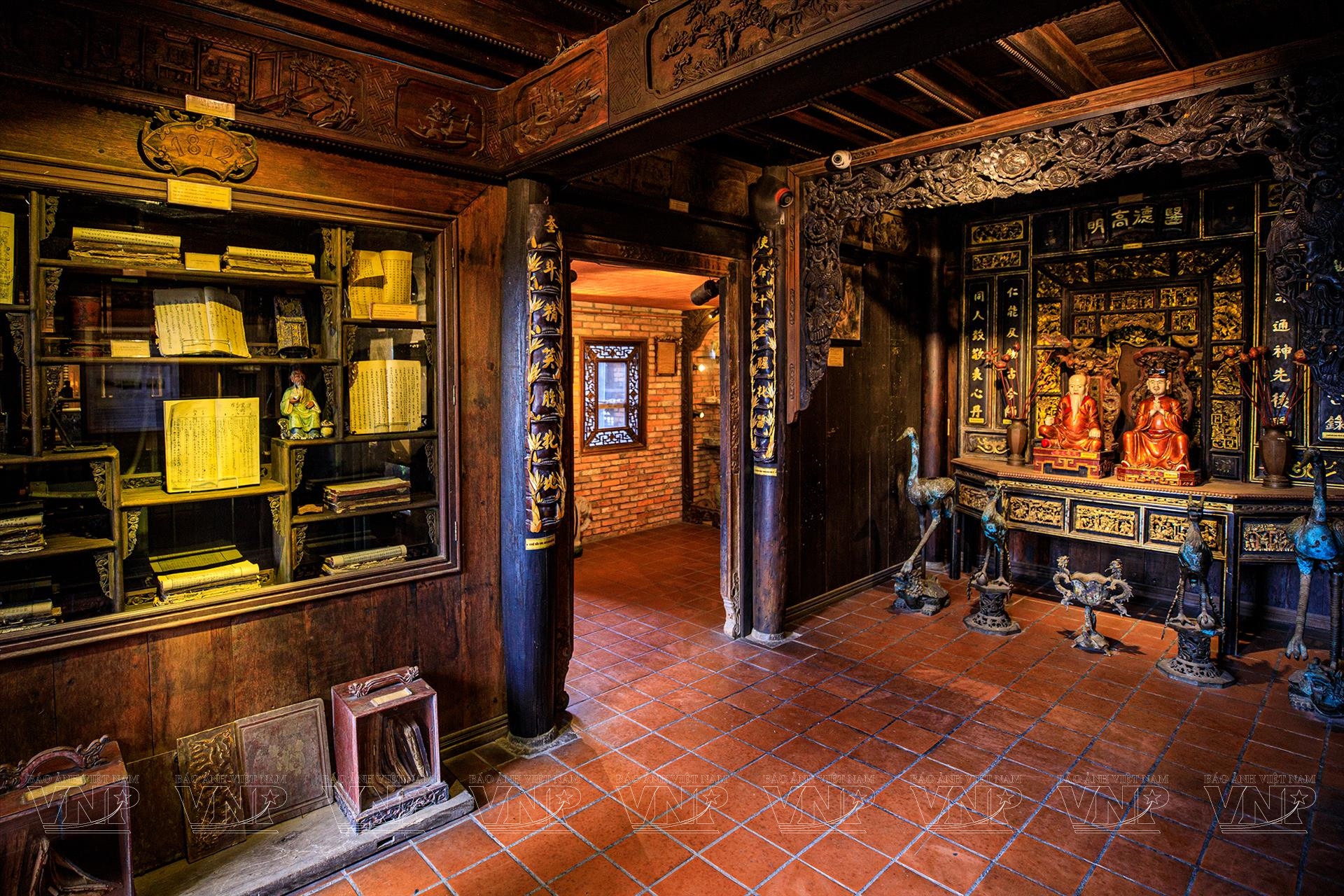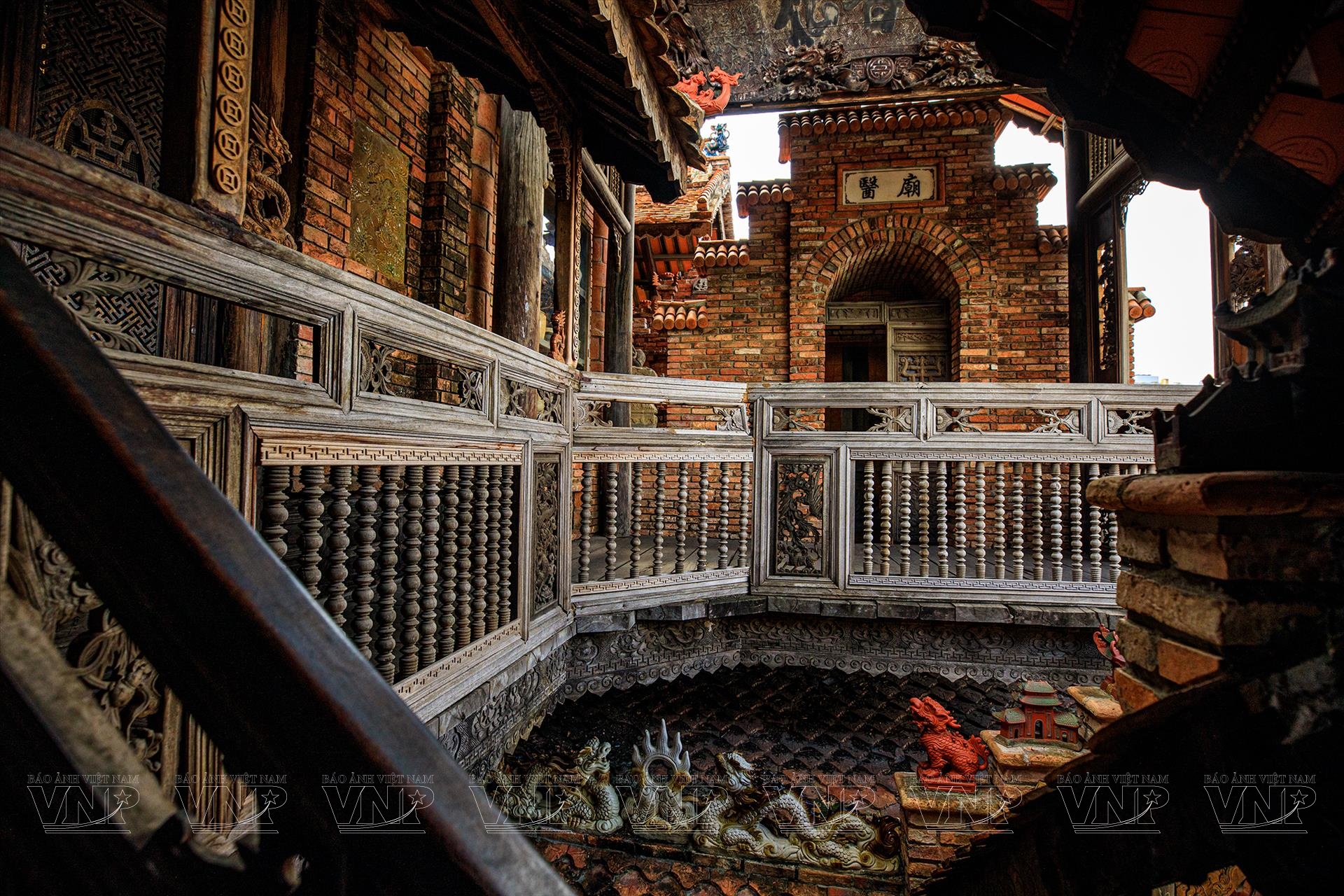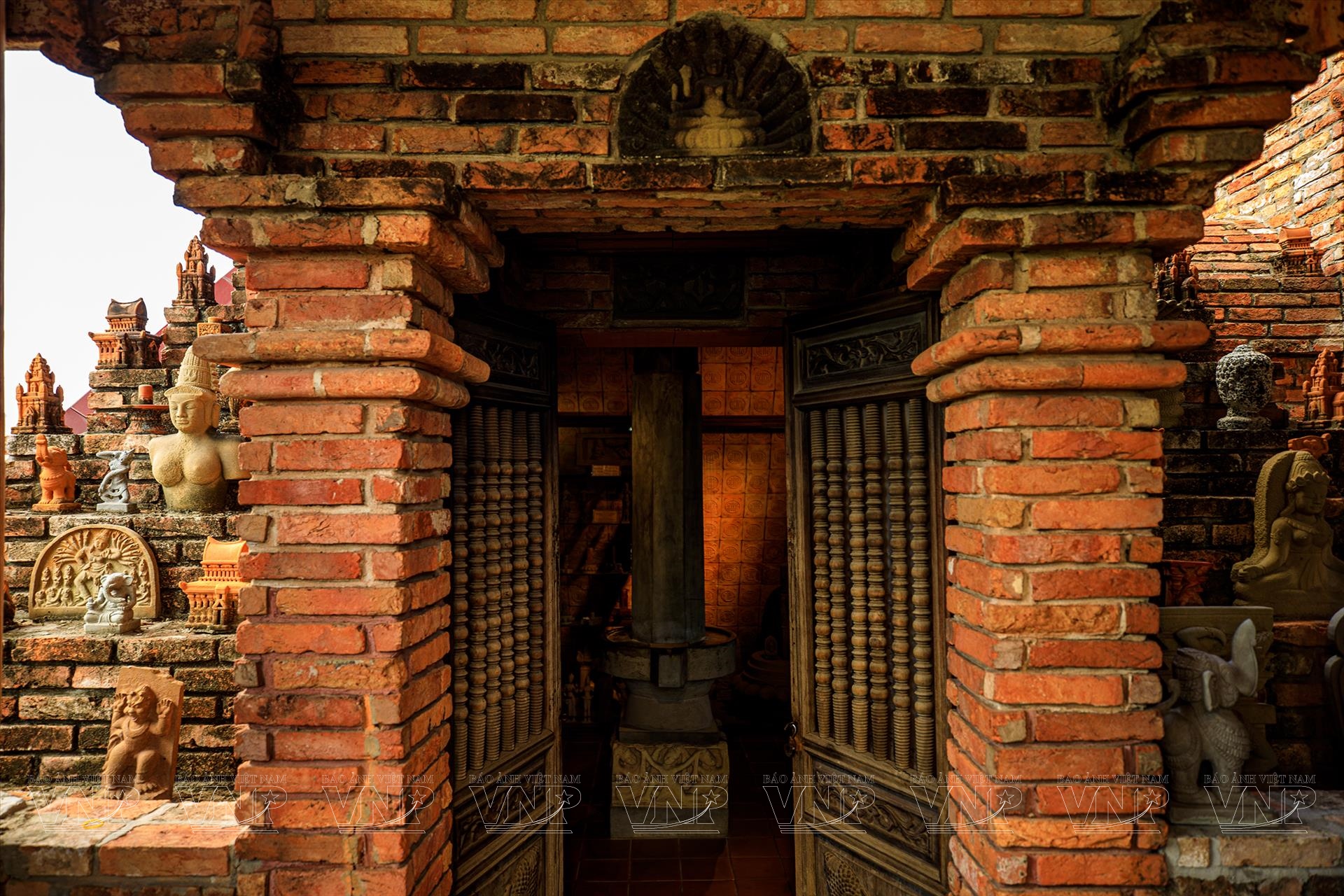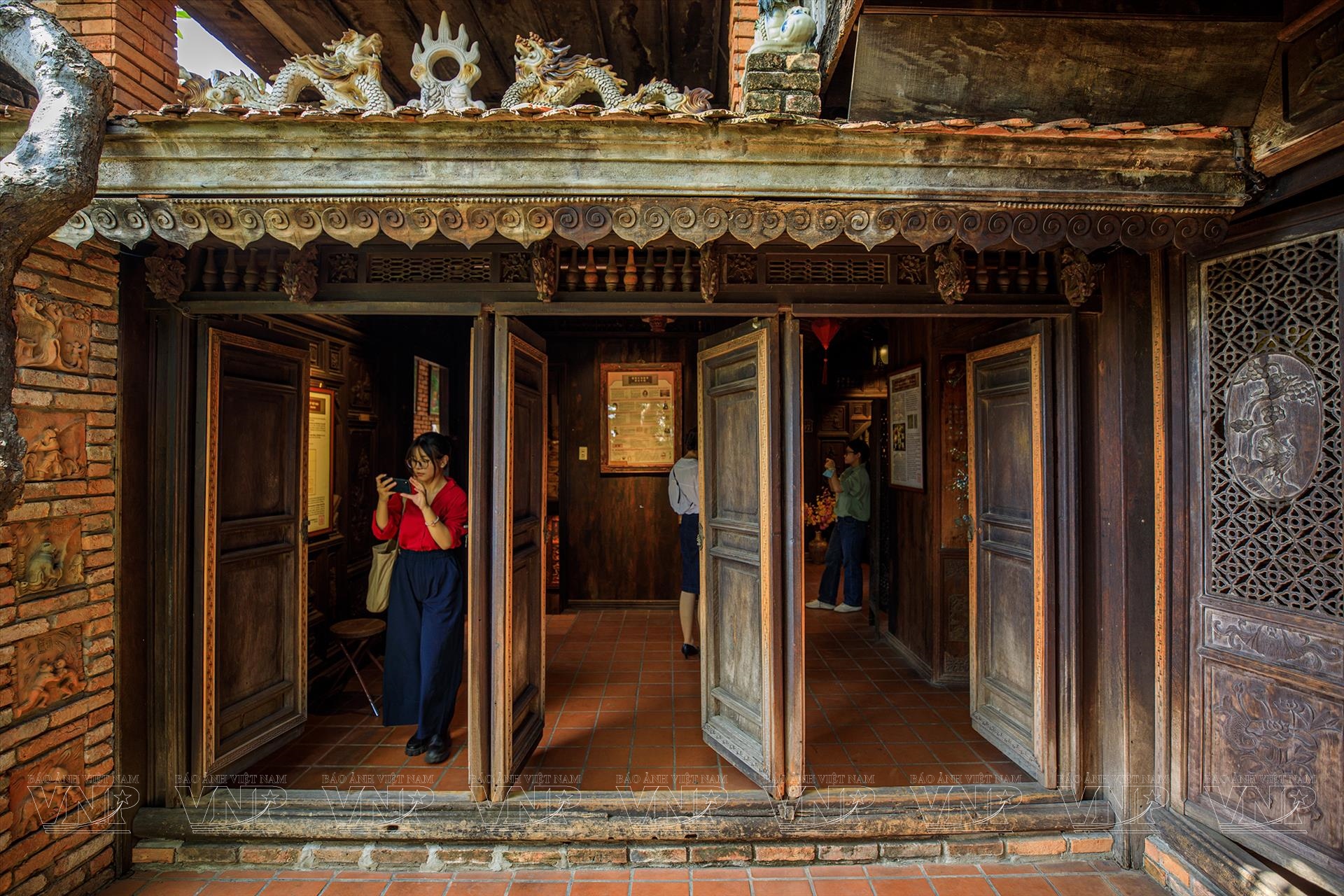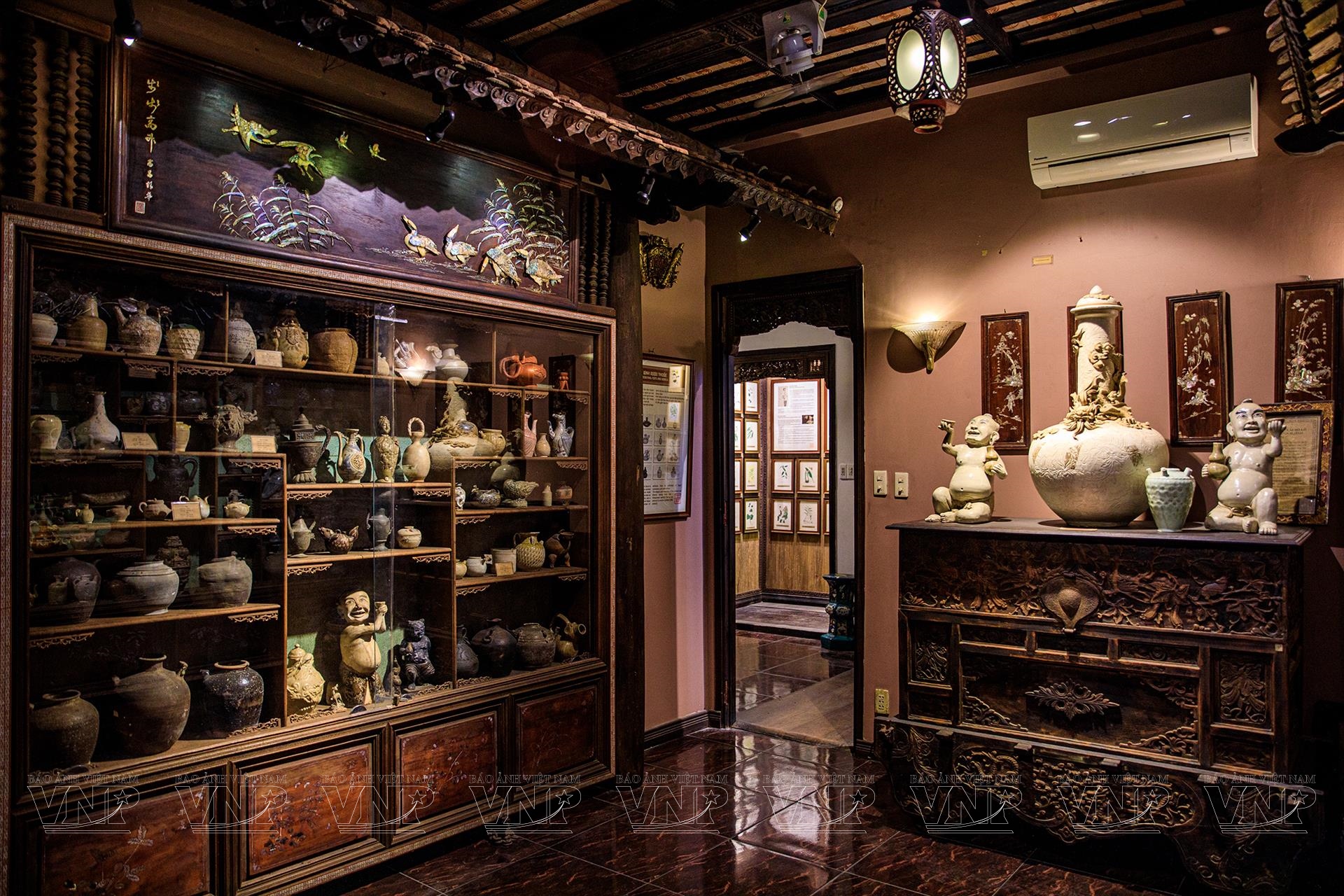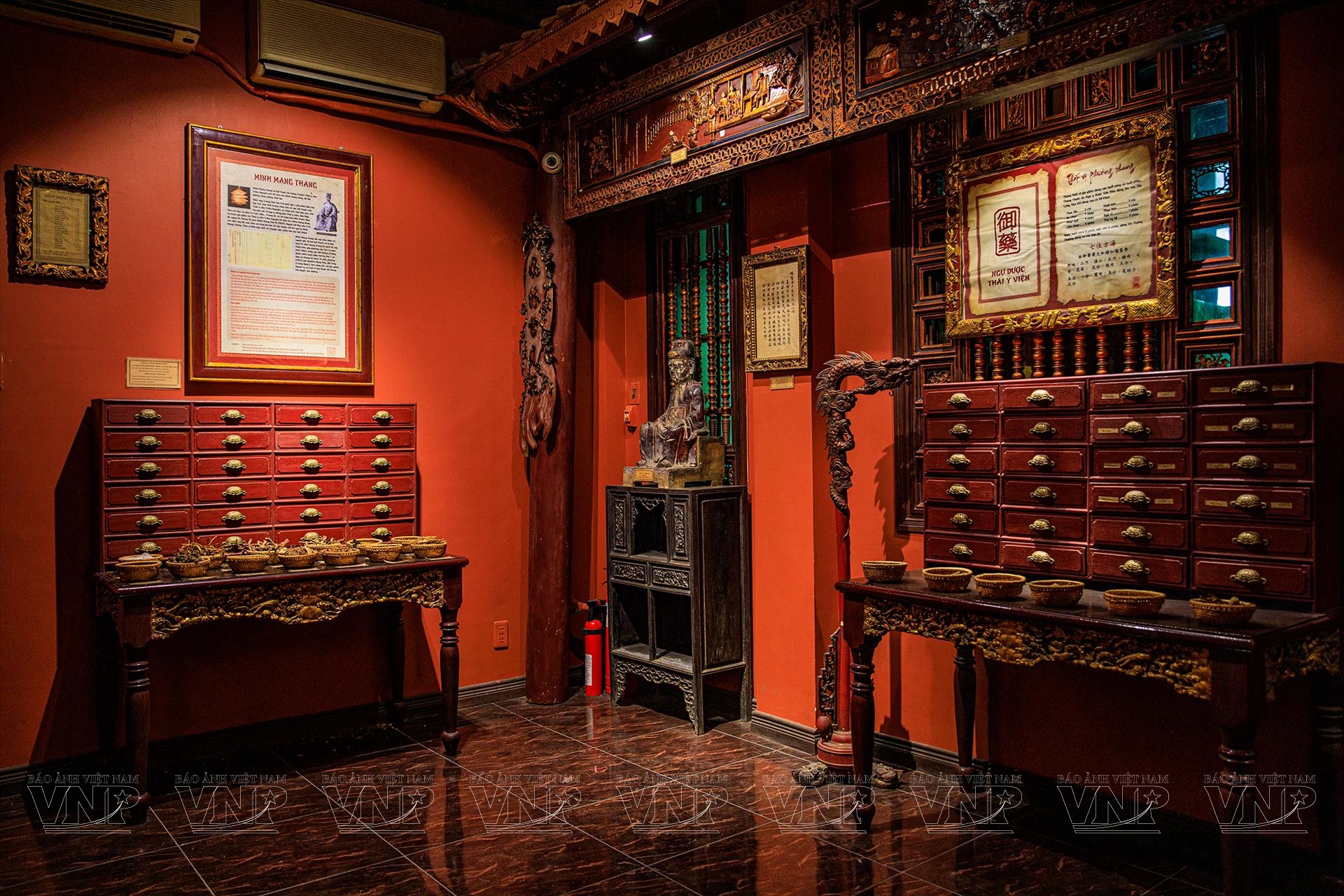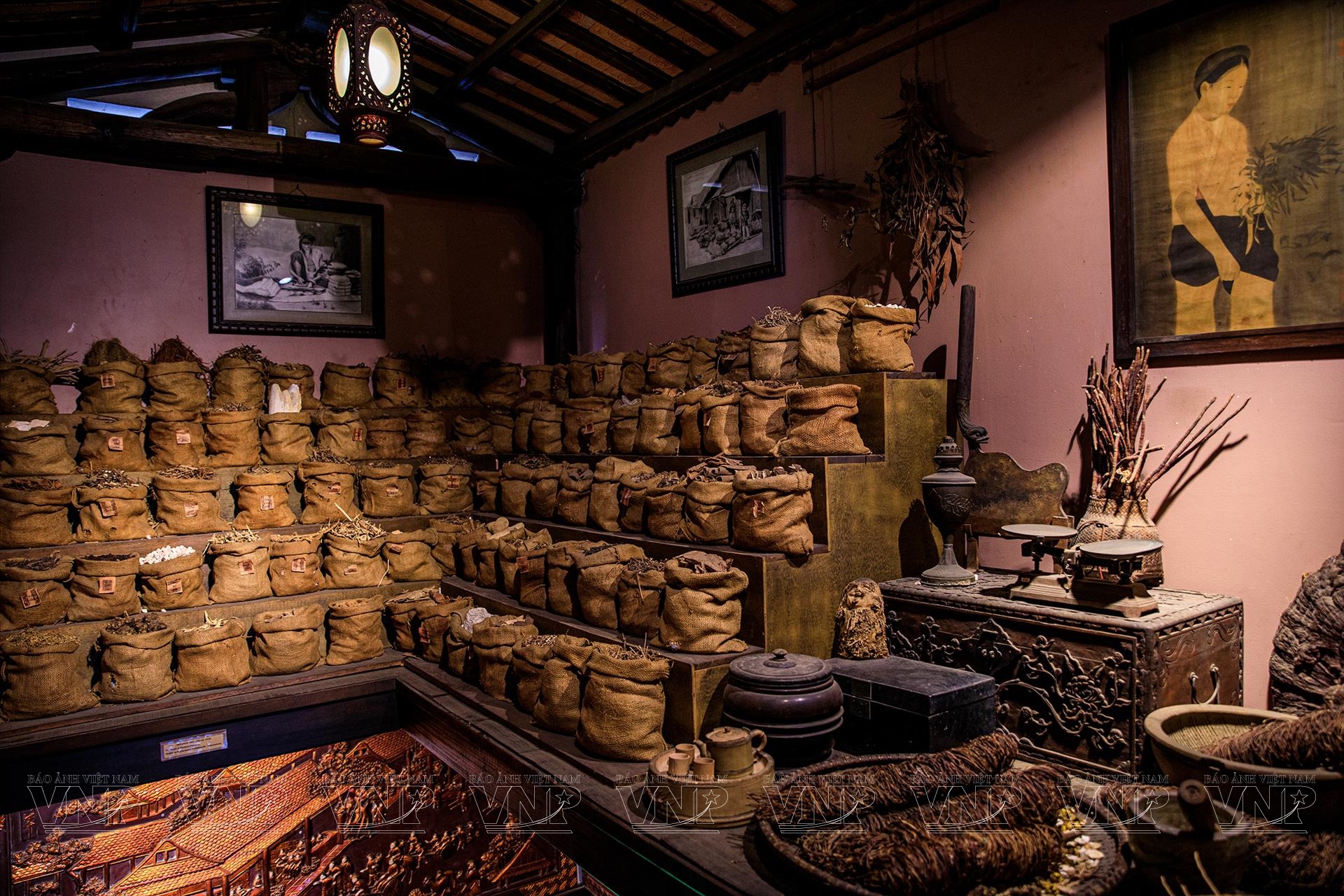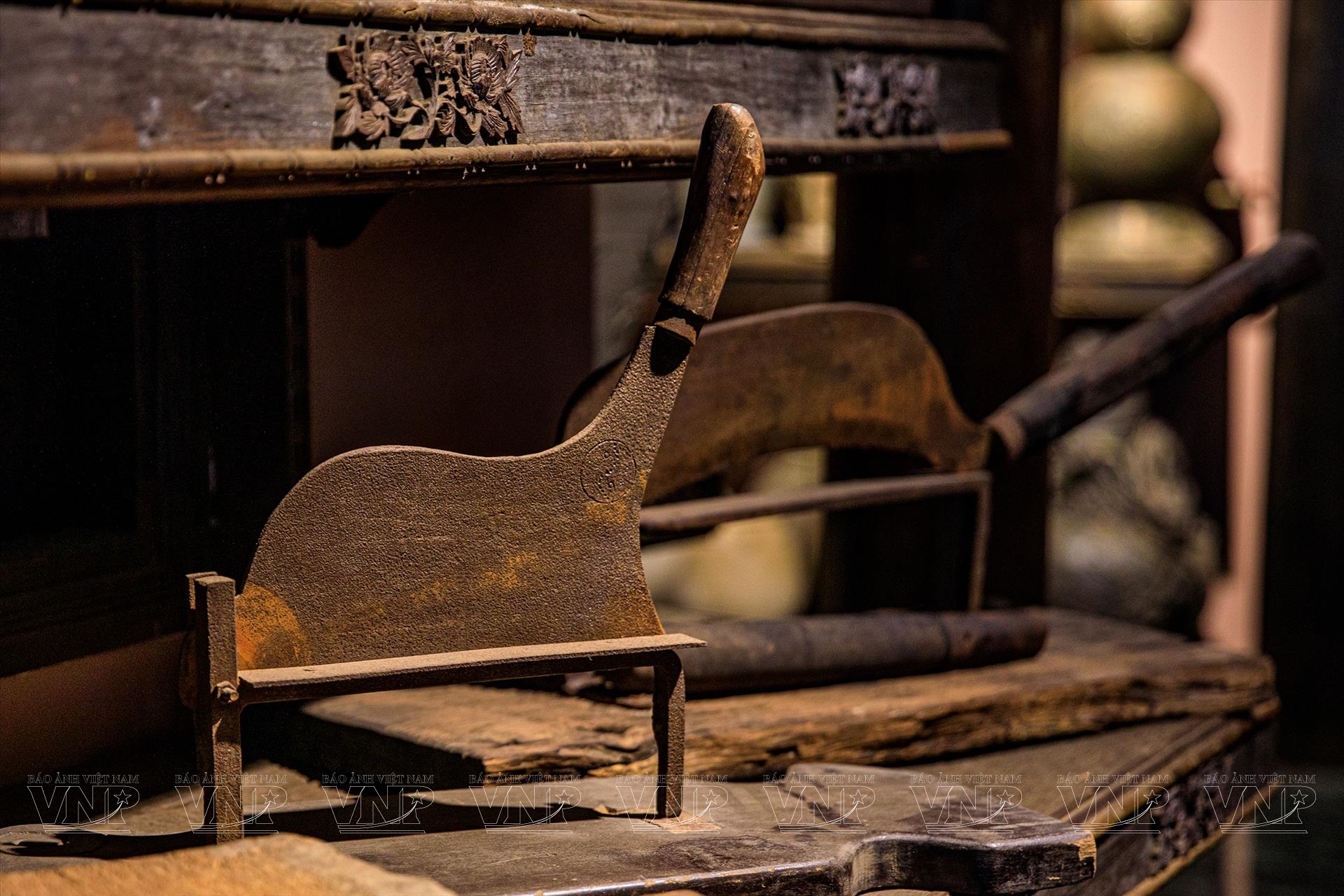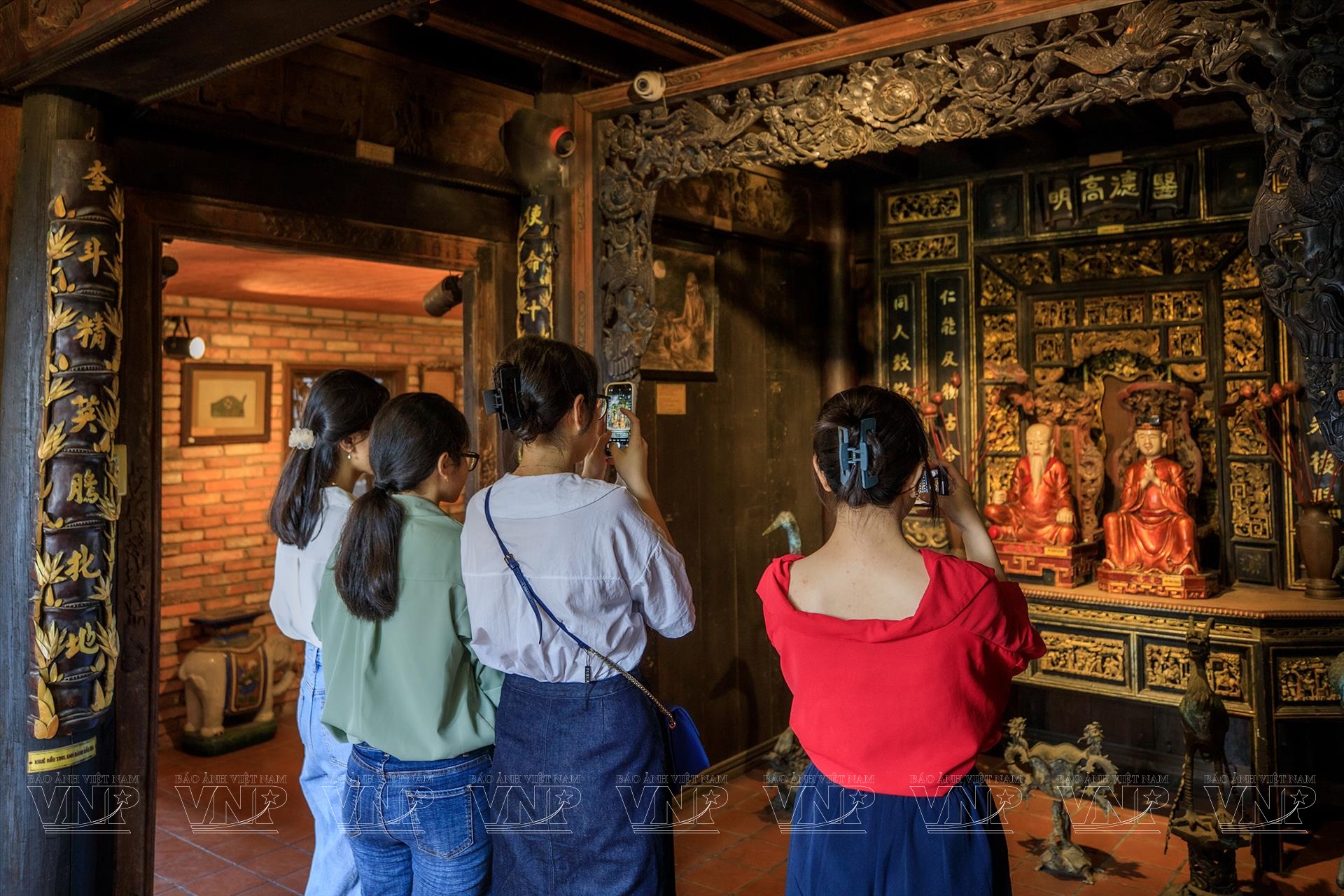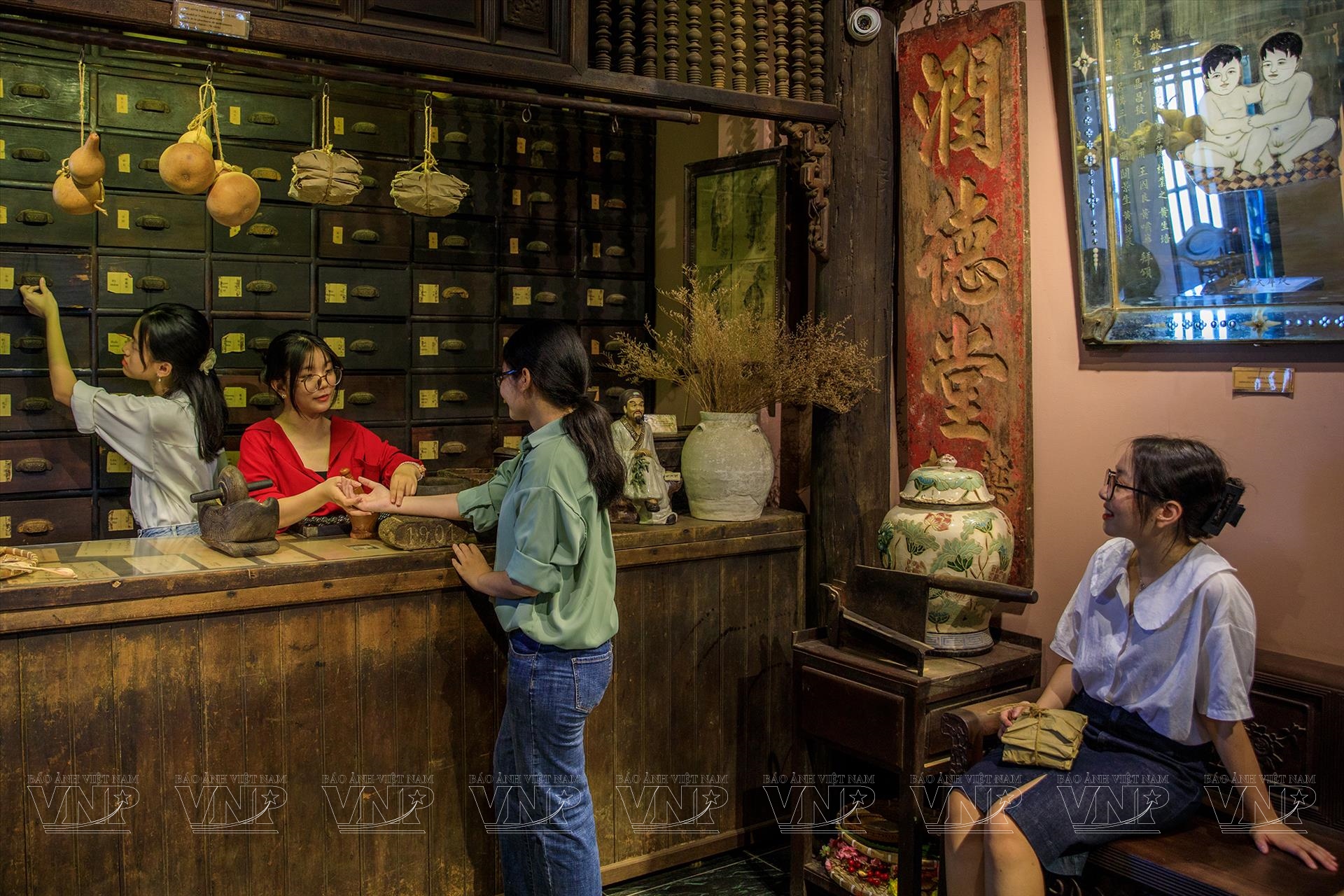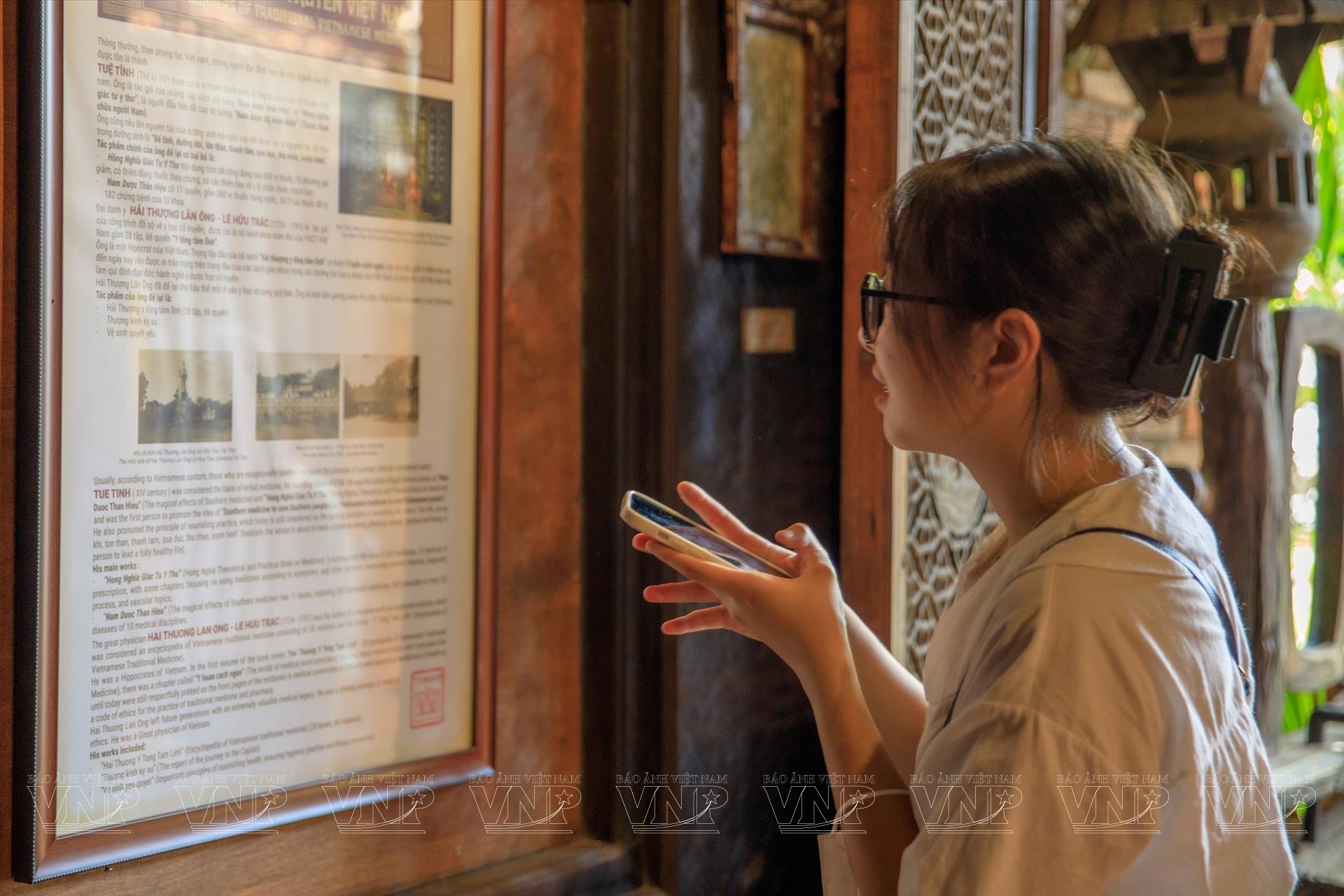Museum of Traditional Vietnamese Medicine
Located on a small street in Ho Chi Minh City, the Museum of Traditional Vietnamese Medicine is not just a repository for thousands of artifacts from Vietnam's traditional medicine, but it's also a favored destination for many tourists eager to explore the nation's traditional medicine practices.
Le Khac Tam, owner of the museum, works in the pharmaceutical industry and has a passion for exploring and researching traditional Vietnamese medicine. From a young age, Tam has been enthusiastic about and deeply connected to traditional medicine. He has recognized that it is not merely a profession for healing but also a repository for the valuable cultural heritage of the Vietnamese people. It drove him to conceive the idea of establishing a museum dedicated to traditional medicine. After years of collecting and researching, the Museum of Traditional Vietnamese Medicine was officially launched in 2007, showcasing the fruits of his labor.
Covering nearly 600m2, the Museum of Traditional Vietnamese Medicine may not appear particularly striking. However, once inside, visitors will discover a treasure of cultural value meticulously constructed by the owner. It is noteworthy that the interior furnishings of this place were repurposed from an ancient house in Hanoi. Skillful artisans carefully dismantled columns, bricks, and stones from the original house and transported them to Ho Chi Minh City to recreate the interior of a traditional Vietnamese house. Every single brick, roof tile, and house pillar received meticulous attention, along with an extensive collection of artworks that bear the rich cultural and historical imprints of ancient times.
The museum currently showcases over 3,000 artifacts related to Vietnamese traditional medicine, spanning from the Stone Age to the present day. Among these artifacts, there are "dao cau" (herbal knives), "thuyen tan" (herbal grinders) used for cutting medicinal ingredients, and "tan thuoc" (medicine grinders) that date back to around 2,500 years. Notably, some of the herbal knives were brought from the hometowns of the Zen Master Tue Tinh and the famous physician Hai Thuong Lan Ong - Le Huu Trac.
The collection of weighing and grinding tools is quite remarkable, featuring items like mortars and pestles, traditional Vietnamese scales, Western scales, drug grinders, wooden boards, and printing blocks used for printing medicine invoices and prescriptions. The stone mortars and pestles used by ancient Vietnamese people for preparing herbal medicines are also included in this diverse assortment of artifacts.
One of the most diverse collections is the exquisite medicinal jars and pots gathered from various regions such as Ha Dong (Hanoi), Hoi An (Quang Nam), and Lai Thieu (Binh Duong).
Located solemnly at the heart of the museum is an altar dedicated to two esteemed founders of traditional medicine, Tue Tinh and Hai Thuong Lan Ong. Flanking the altar are intricately carved wooden horizontal lacquered boards and parallel sentences, resembling ancestral altars of wealthy families in the past. To the right-hand side is the room where 15 paintings adorned with gold lacquer showcase the prominent traditional healers and authors of Vietnamese traditional medicine from the 13th to the 19th century.
When visiting the museum, tourists also have the opportunity to admire the “Vietnam Bach gia y” artwork, intricately carved from wood, bearing the names of 100 renowned traditional healers and contributors of Vietnamese traditional medicine from the 12th to the 20th century. The most unique masterpiece which has been recognized by Guinness Vietnam is a carefully crafted painting portraying traditional medicine in the lives of Vietnamese communities, showcasing scenes from the ancient street of Thuoc Bac (the Traditional Medicine Street), Ben Thanh Market, the Imperial City of Hue and Hoan Kiem Lake.
The museum's owner has also dedicated significant efforts to systematically categorize various groups of medicinal plants, animals, and minerals used in traditional remedies, showcasing a scientific and well-organized approach to traditional medicine.
After the tour, visitors have the unique opportunity to actively engage in the traditional medicine preparation process. They can also purchase traditional medicines on-site, providing a comprehensive and immersive experience into the world of Vietnamese traditional medicine.
By Nguyen Luan/VNP Translated by Nguyen Tuoi
